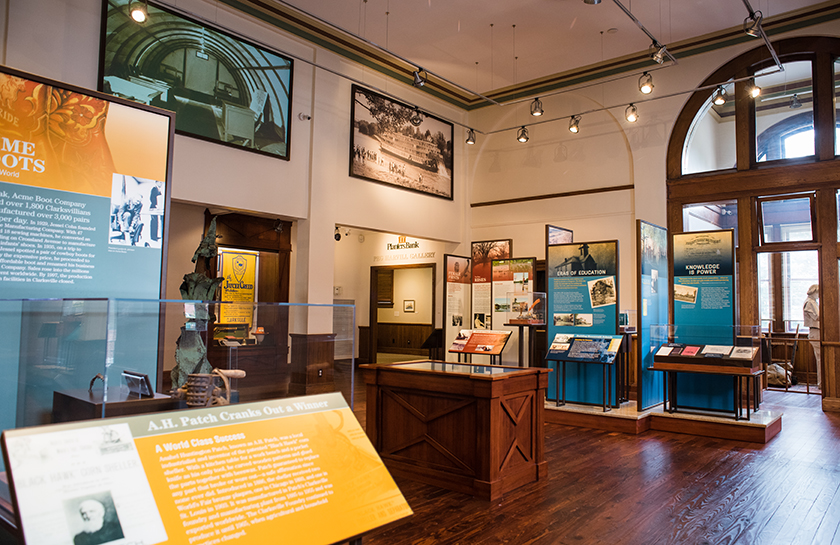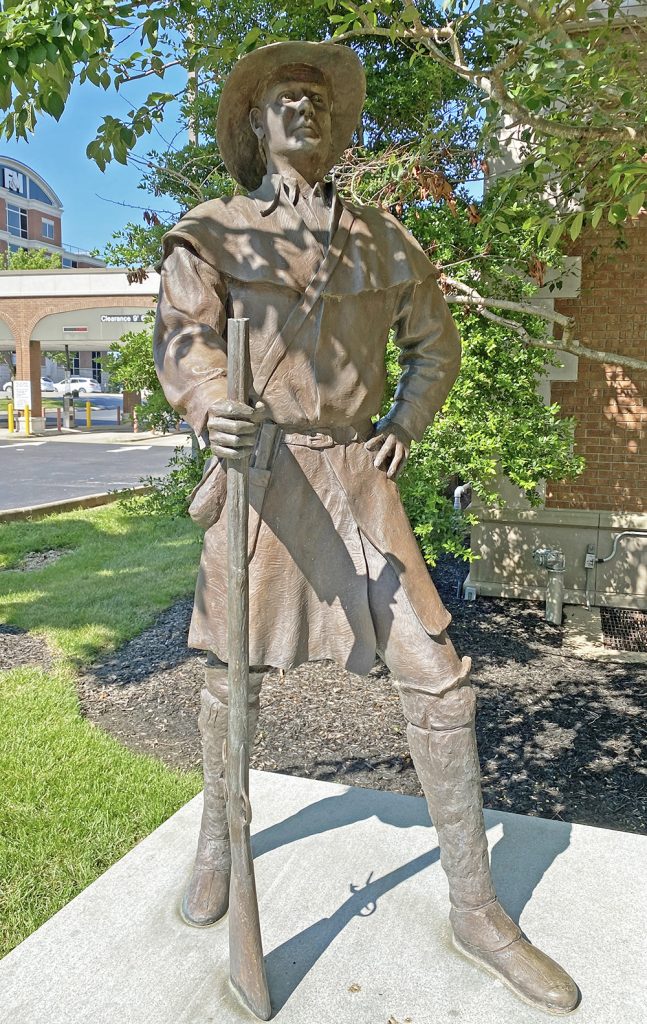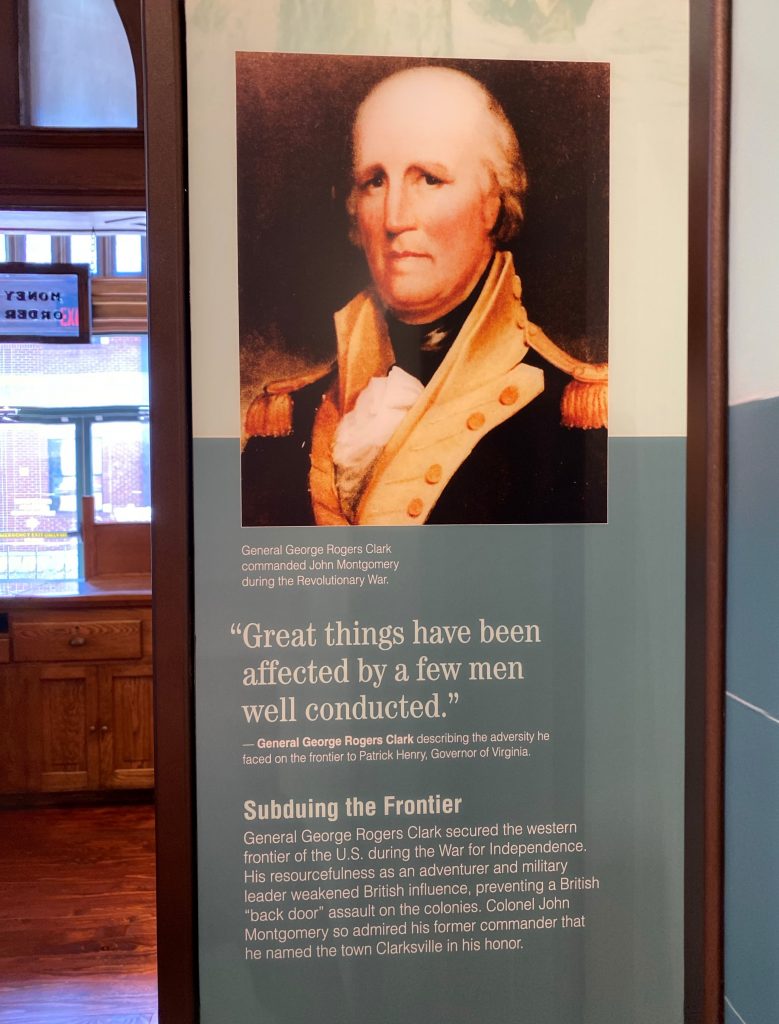
Written by Meghan Gattignolo, Visitor Services Coordinator
After finally watching the musical Hamilton earlier this month, my interest in the American Revolution has been renewed. I’m sure I’m not the only one. I have bought a copy of the Federalist Papers – which I swear I will finally read – and the biography that inspired the musical. All this delving into the world of the late 18th century America has turned into thinking about Clarksville’s connection to the Revolutionary War. At the time, Clarksville did not yet exist. The war ended after the 1781 Battle of Yorktown, so any connection would be tenuous…. but we can manage.
Middle Tennessee was sparsely settled West of the Appalachians before the Revolutionary War. The authority in England put strict limits on colonists wandering beyond the mountain range. Following the war, patriots who fought were given land grants as a reward, encouraging the expansion of Americans. John Montgomery was one such recipient. Montgomery was an adventurous soul, fit for the times he was born in. He was an early explorer of the Cumberland River Valley, getting a glimpse of it as early as 1771 and surviving Native American encounters.
He was one of several men to sign a precursor to the Declaration of Independence. The Fincastle Resolutions, an early statement of defiance against the British Crown, was agreed upon and signed by delegates of Fincastle, a county in colonial Virginia in an area that is now part of Kentucky. He then took up arms to defend his home, fighting under General George Rogers Clark for much of the Revolutionary War. General Clark was integral to the defense of the less-often observed war front, preventing the British from gaining a foothold in present-day Illinois, Indiana, Kentucky and Tennessee. A British back-door assault on Washington’s army may have been fatal for American independence.

John Montgomery statue at City Hall in downtown Clarksville. Sculpted by Scott Wise. 
General Clark in Becoming Clarksville
In 1784, Montgomery returned to the Cumberland area he had previously explored to stake the land claim he was awarded as a war veteran and was involved in a survey of a brand-new city. He named the planned city Clarksville, in honor of his commander during the war.
Death by Native American attack was a real threat in 18th century Kentucky and Tennessee. The area was a hunting ground for several tribes, including the Chickasaw, Cherokee and Creeks, and they did not appreciate settlers moving in. Montgomery died around age 44 by a Creek ambush – attacked while defending a friend who was with him – only ten years after establishing and naming Clarksville, and a couple years short of seeing it join the new state of Tennessee. A brave and restless explorer, settler and patriot soldier, John Montgomery was among the first to see the potential in the gently rolling hills of the land this Museum now sits upon. Just around the corner from the Customs House Museum & Cultural Center, on First and Franklin Streets – two streets he was involved with naming – a statue of Montgomery now stands to commemorate our own Revolutionary War hero. Also, you can visit the Becoming Clarksville exhibit in Heritage Hall inside the Museum to learn more about Montgomery’s extraordinary life.
References:
https://www.jstor.org/stable/42637425?seq=3#metadata_info_tab_contents

Meghan Gattignolo
Meghan Gattignolo is the Customs House Museum & Cultural Center’s Visitor Services Coordinator and regularly contributes articles to the Museum’s blog. From a military family, Meghan has spent most of her life in Clarksville. She loves learning about Clarksville’s history and writing. Meghan holds a B.A. in History from Austin Peay State University, with minors in German and Political Science. She lives in Clarksville with her husband and two daughters.
Maegan Collins, Media & Communications Coordinator, prepares photographs and visual images as well as prepares the blog posts for the web.